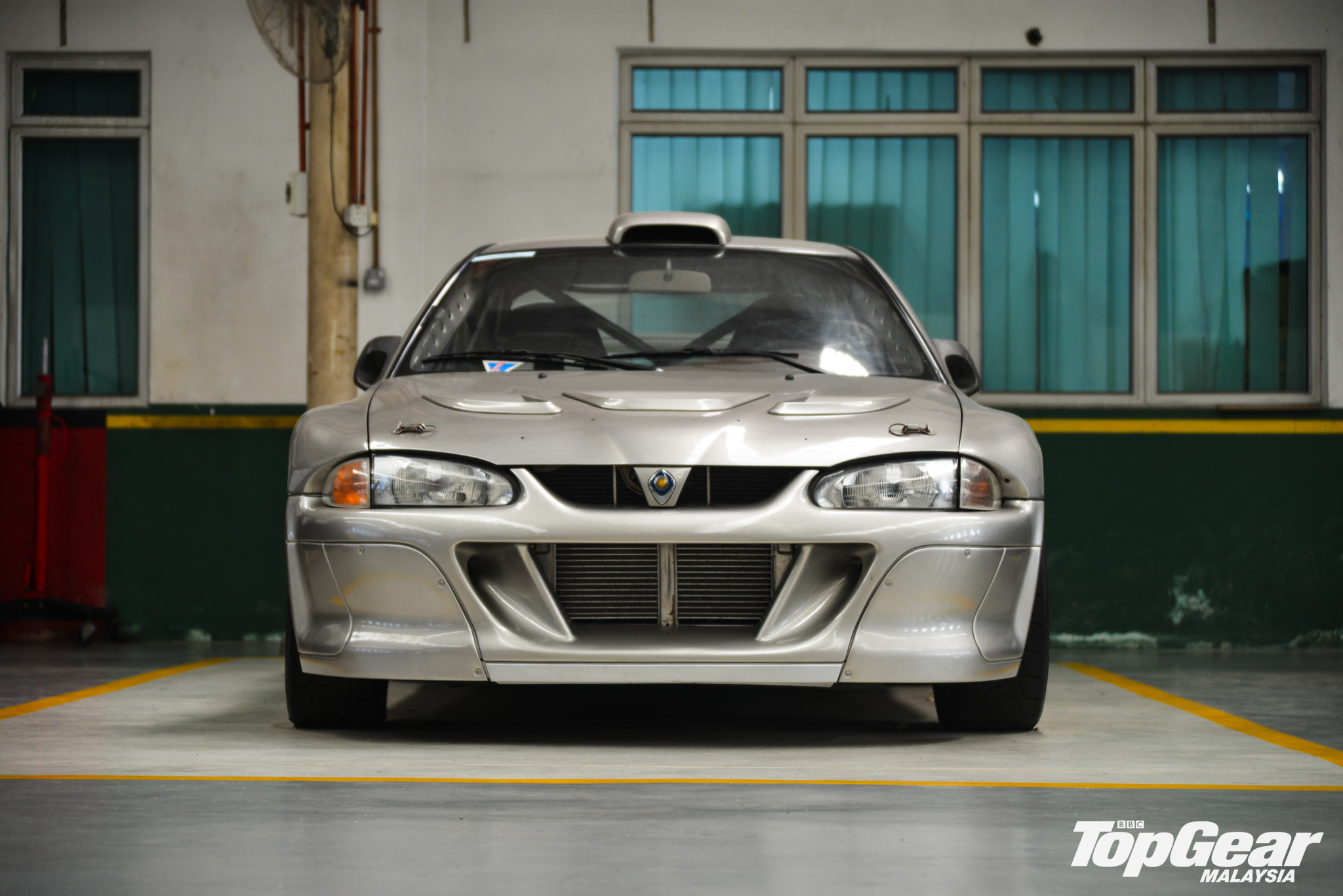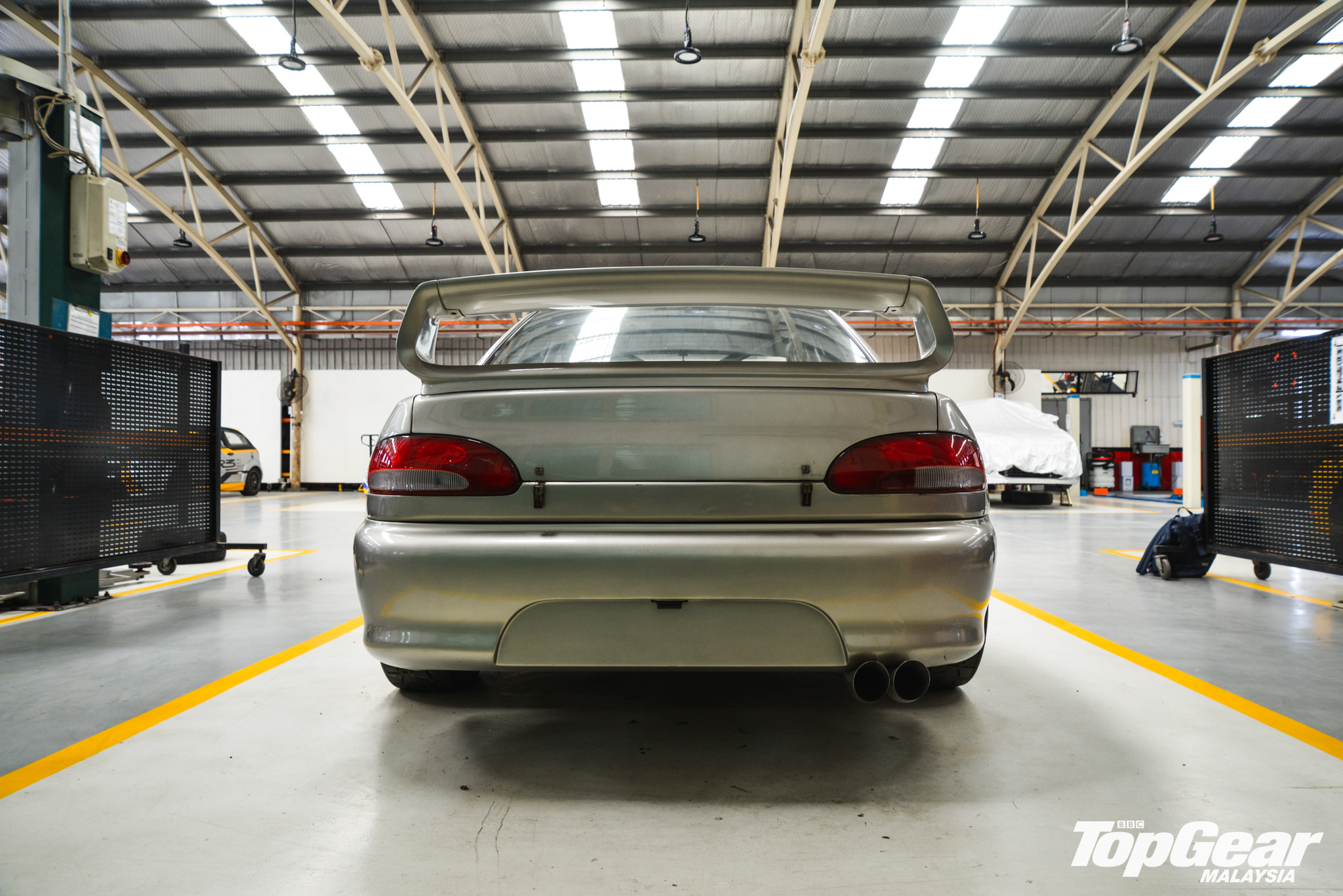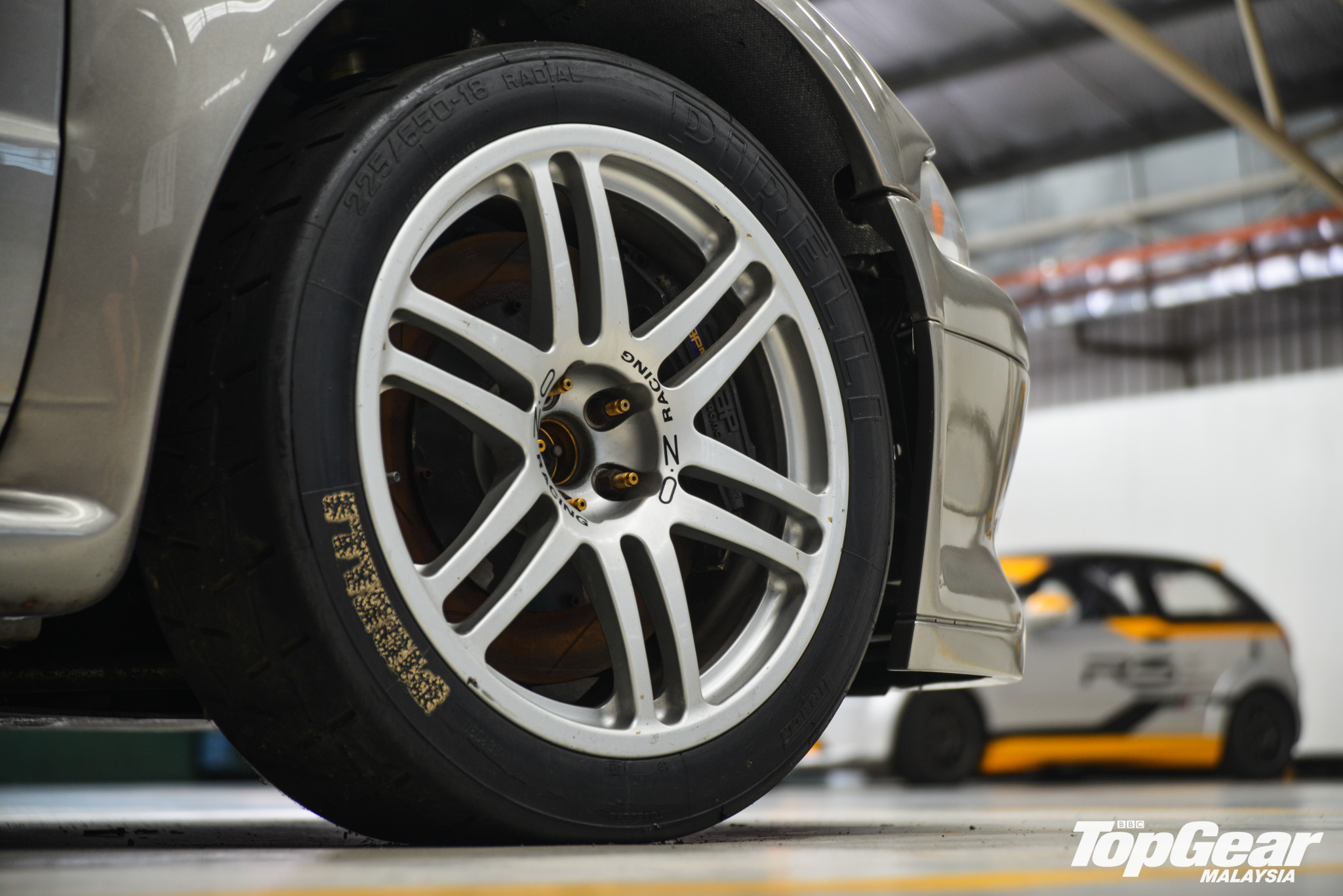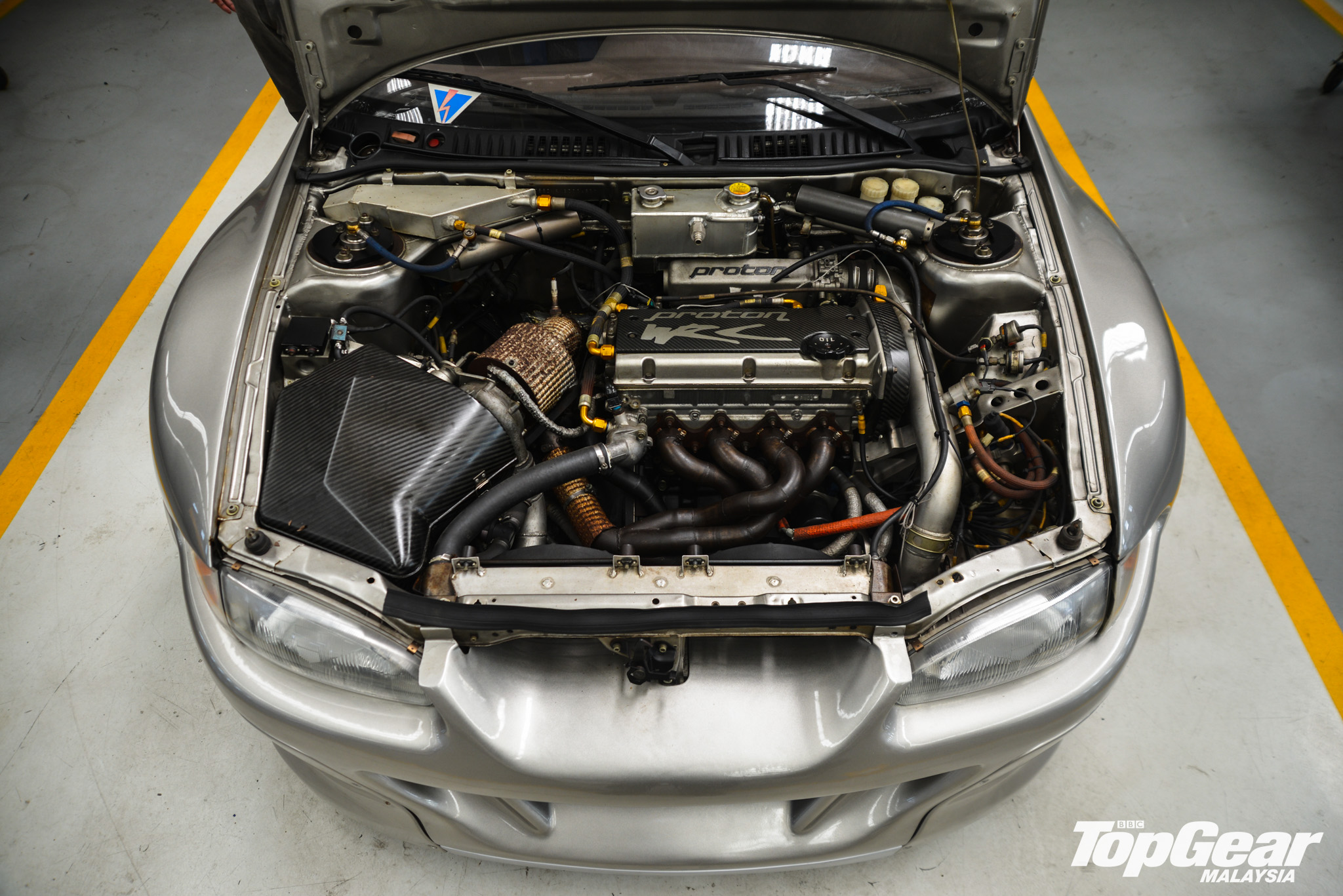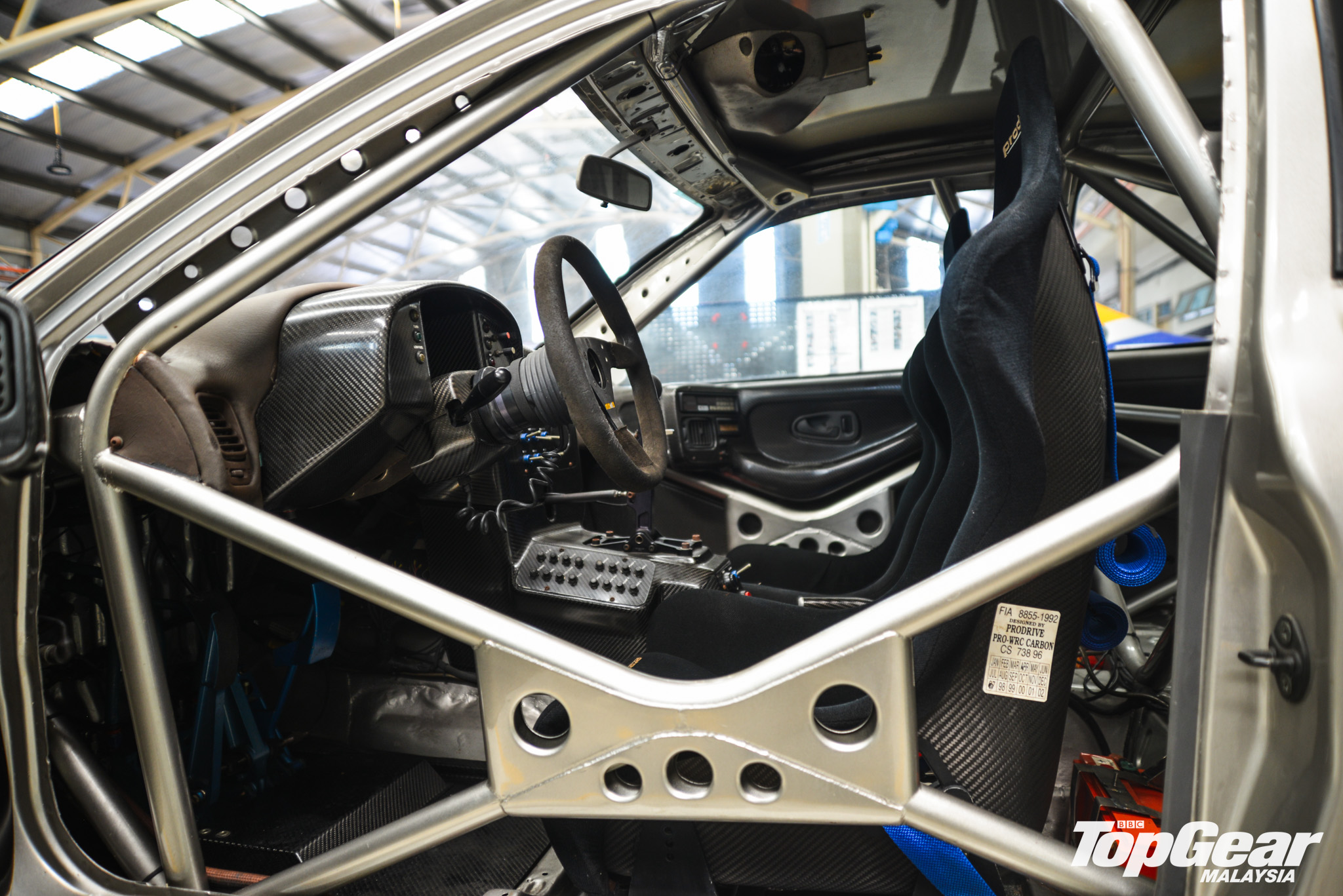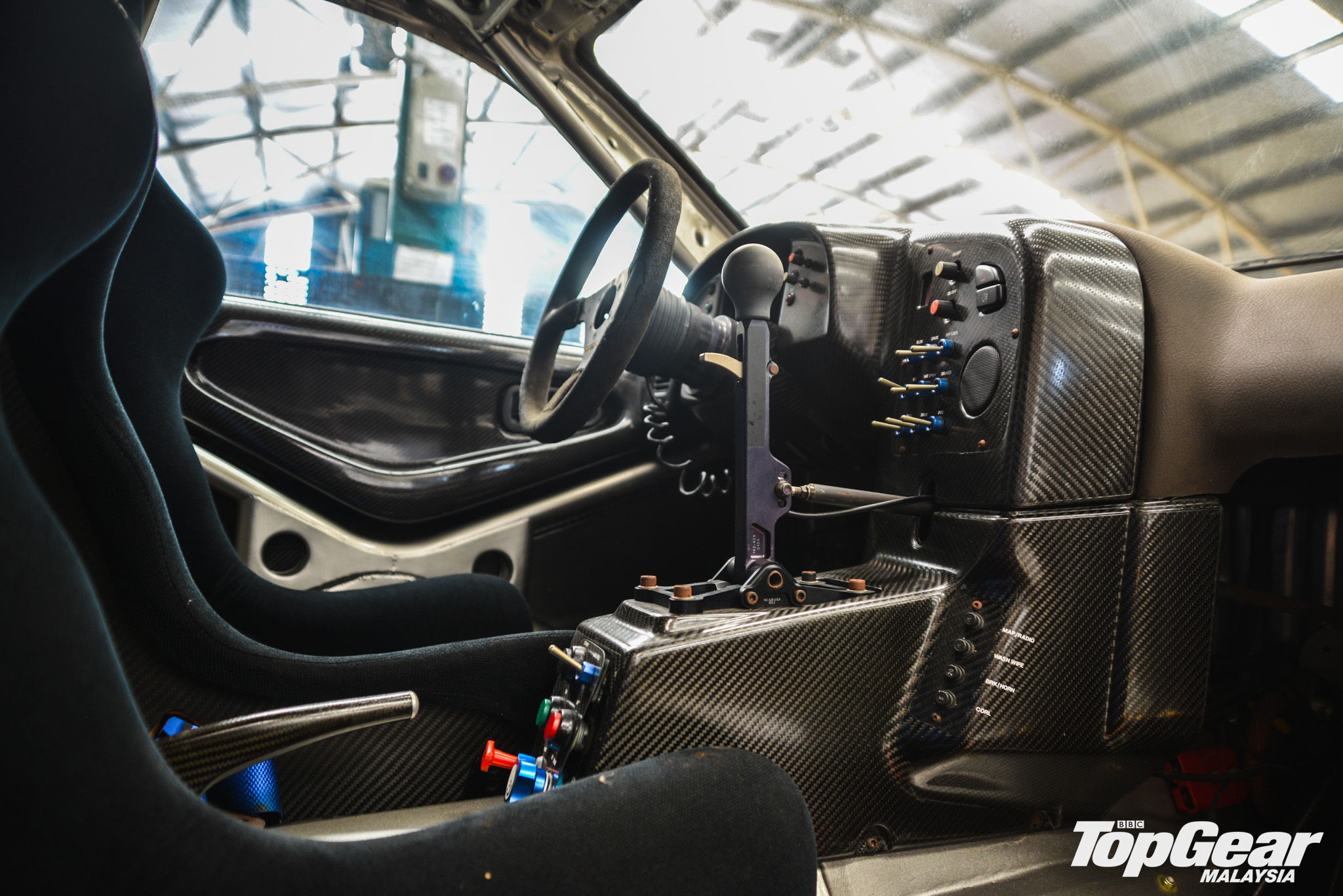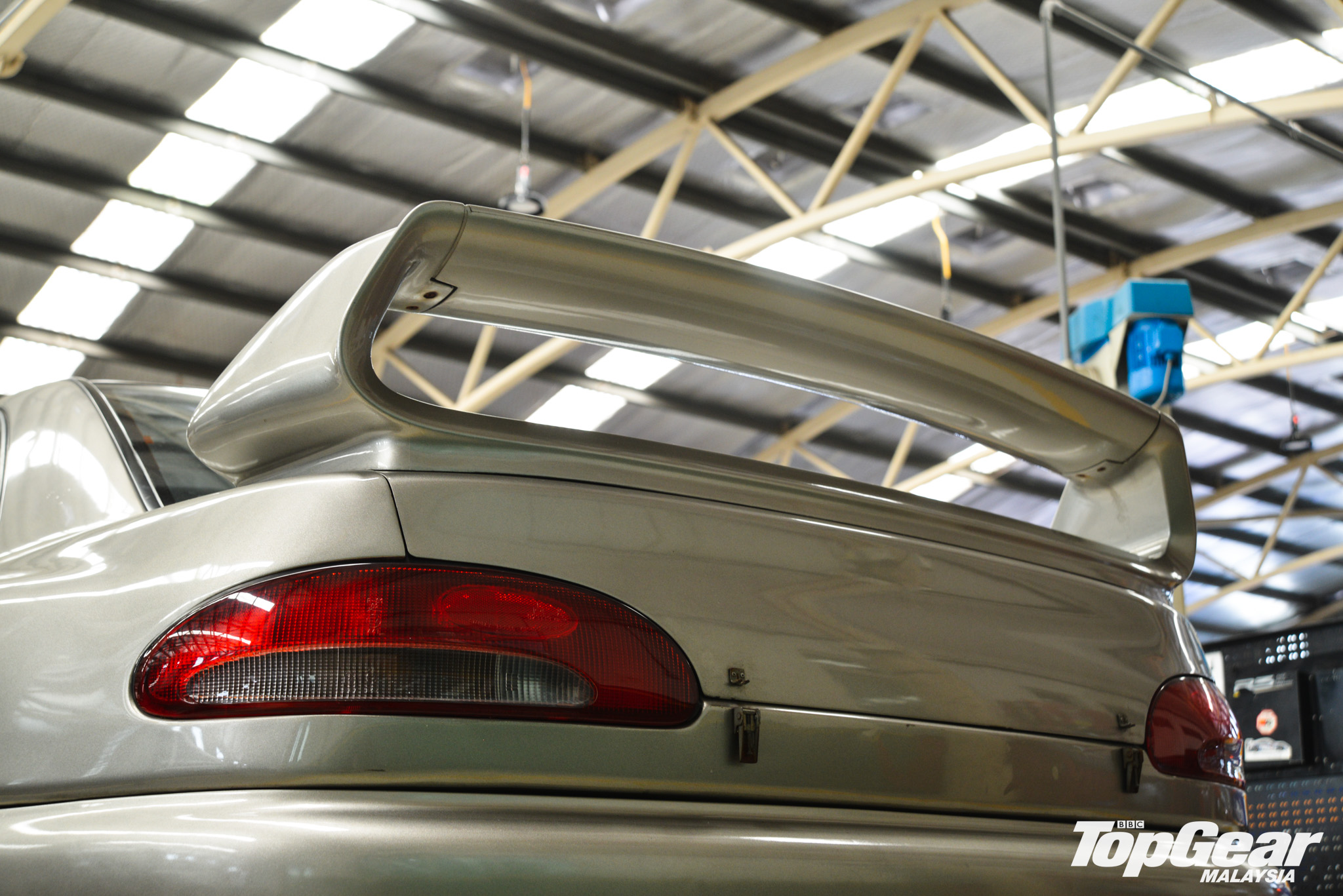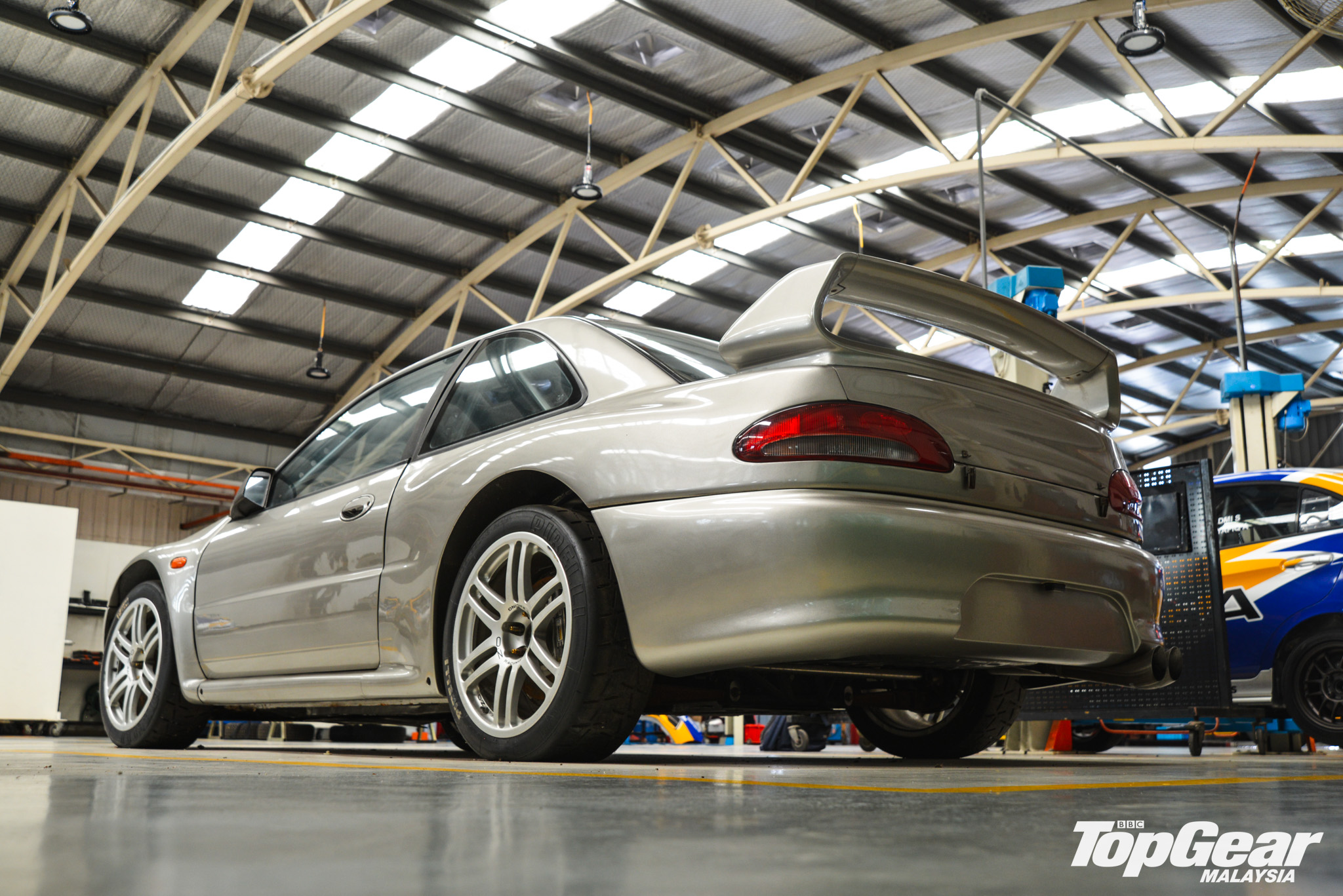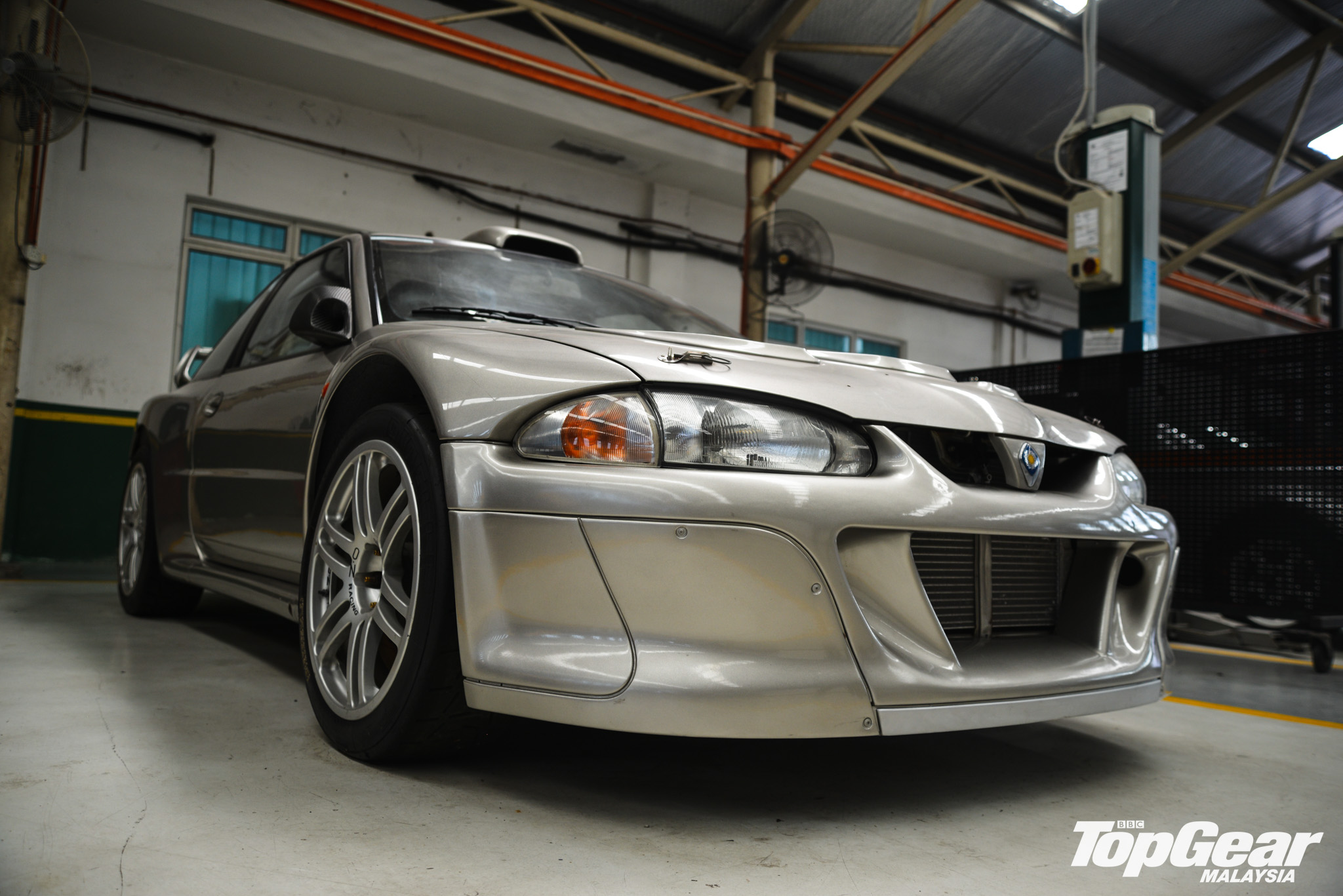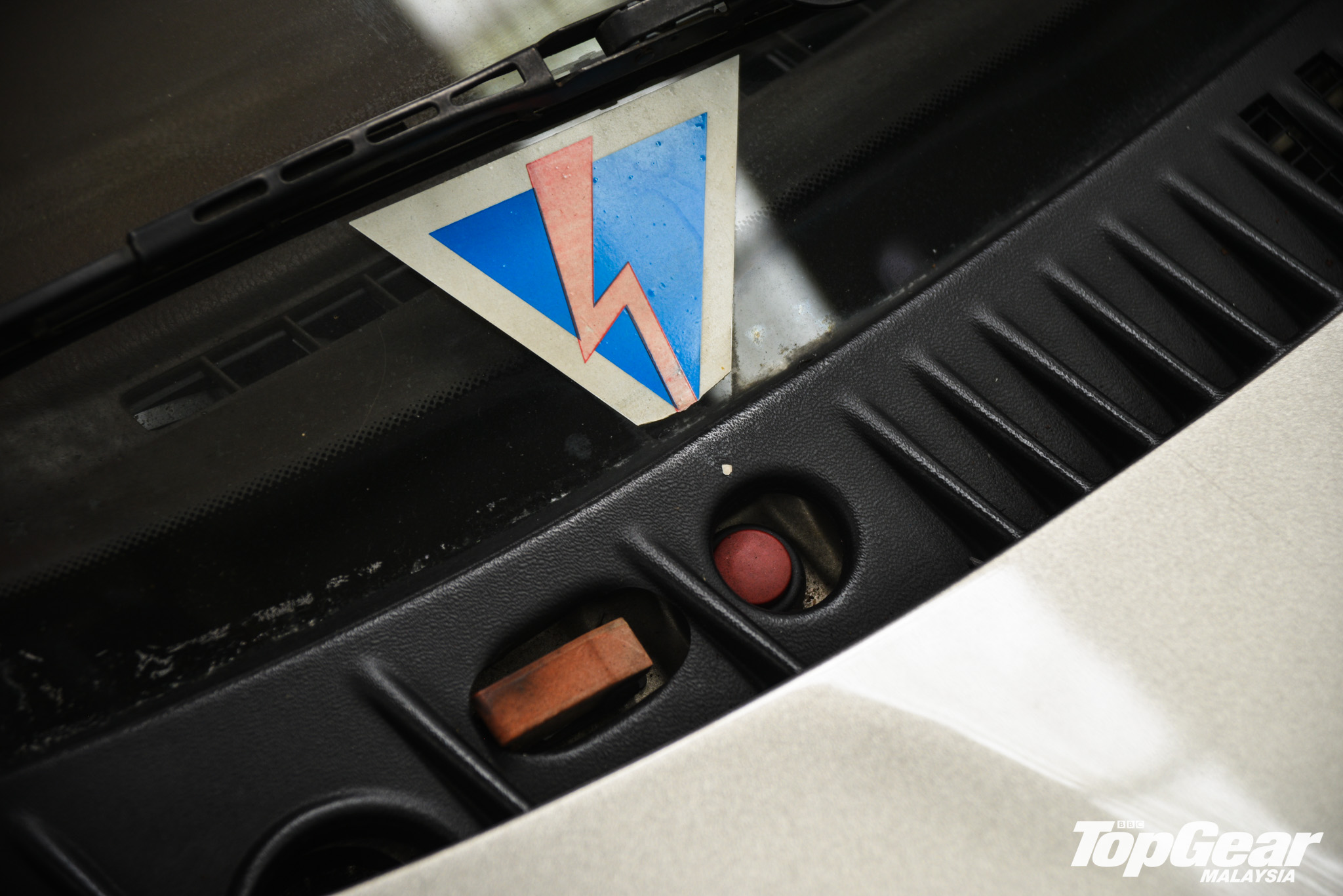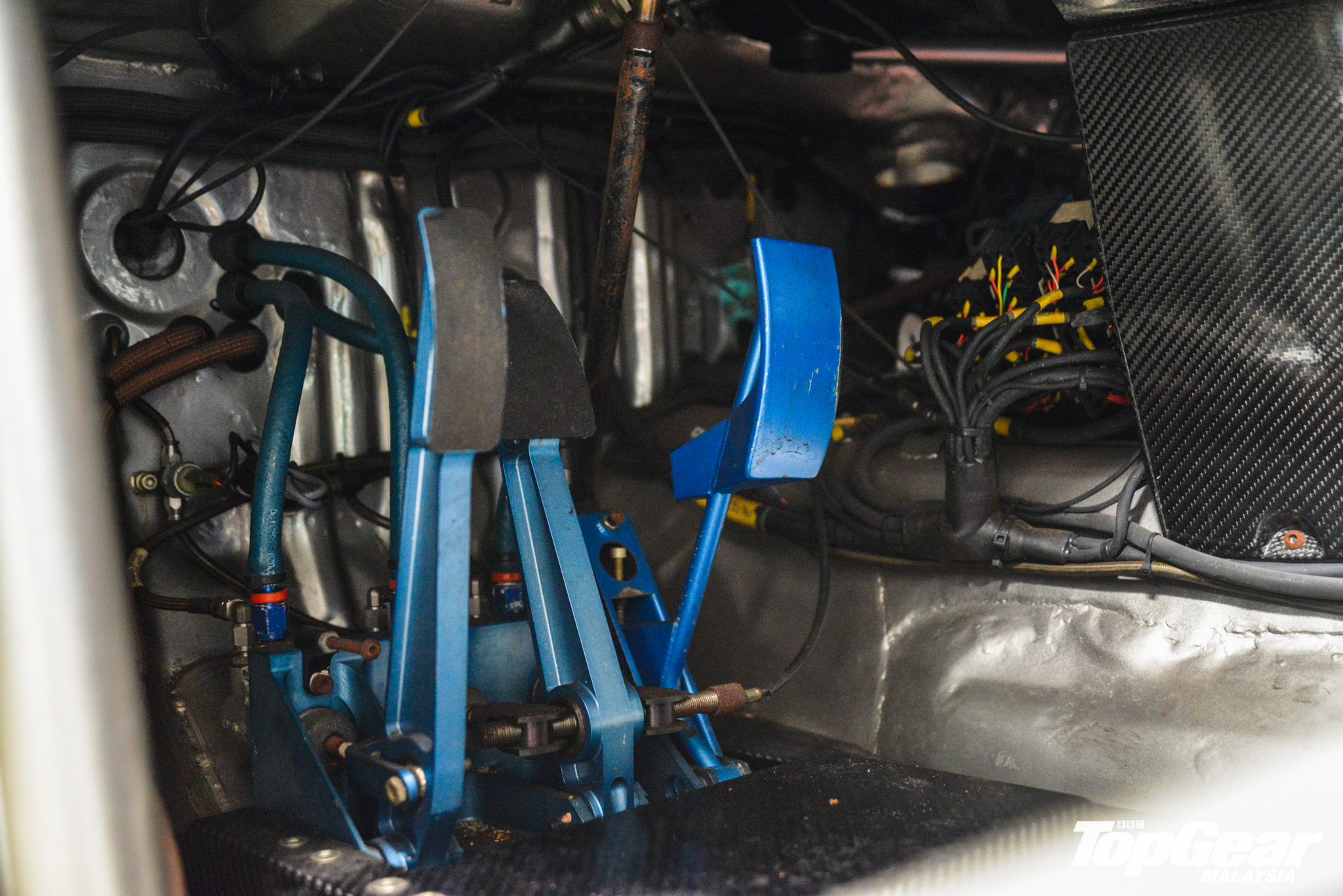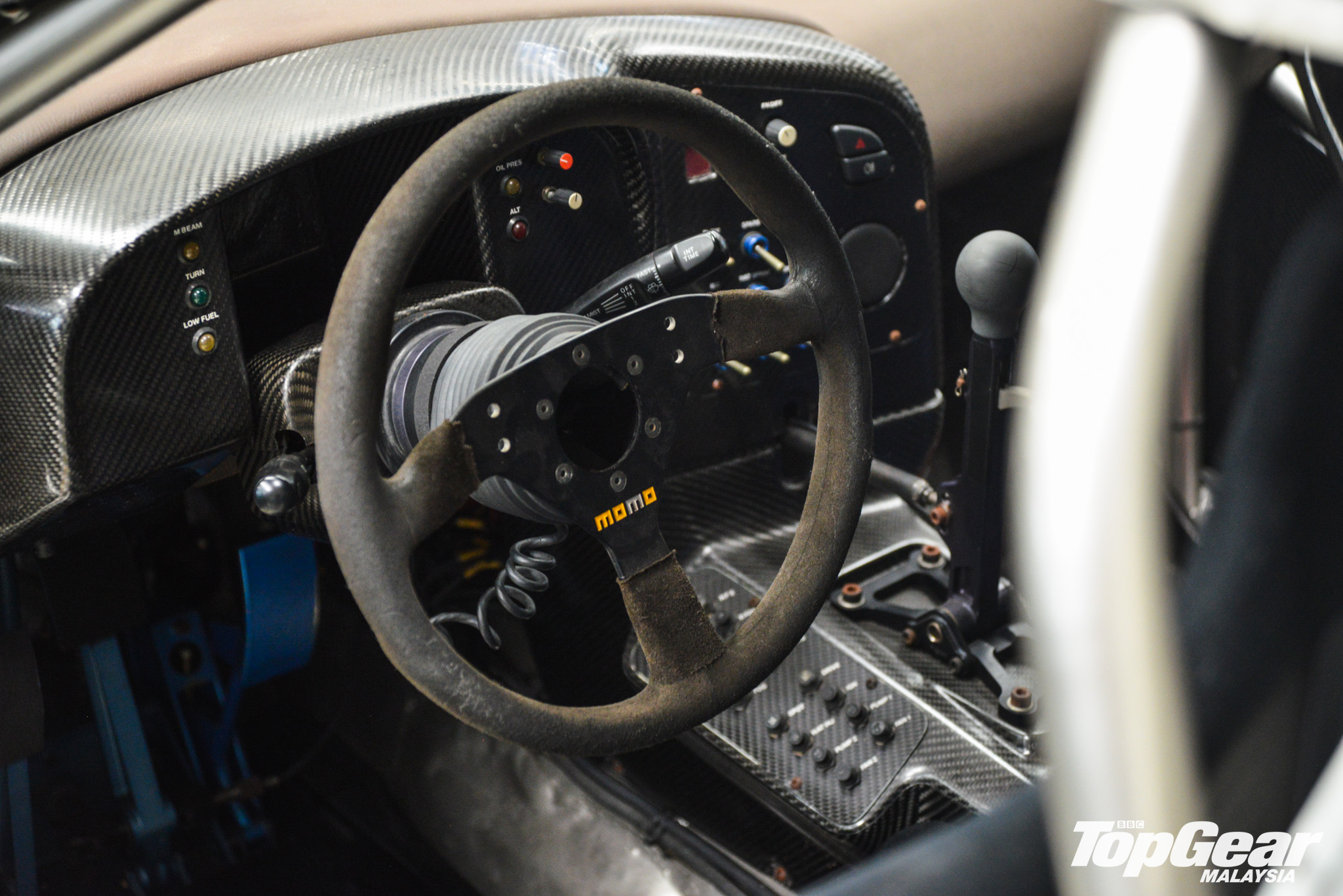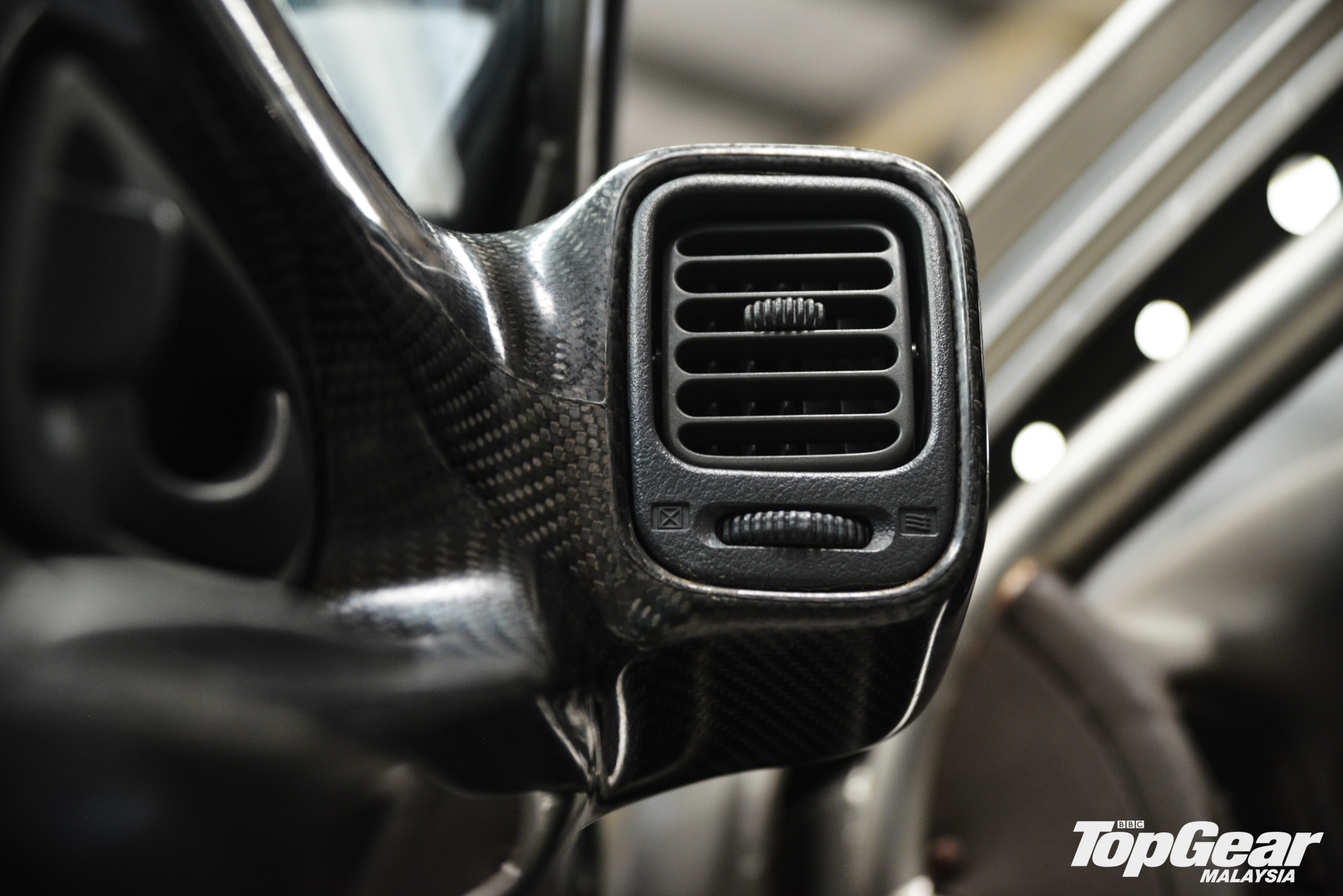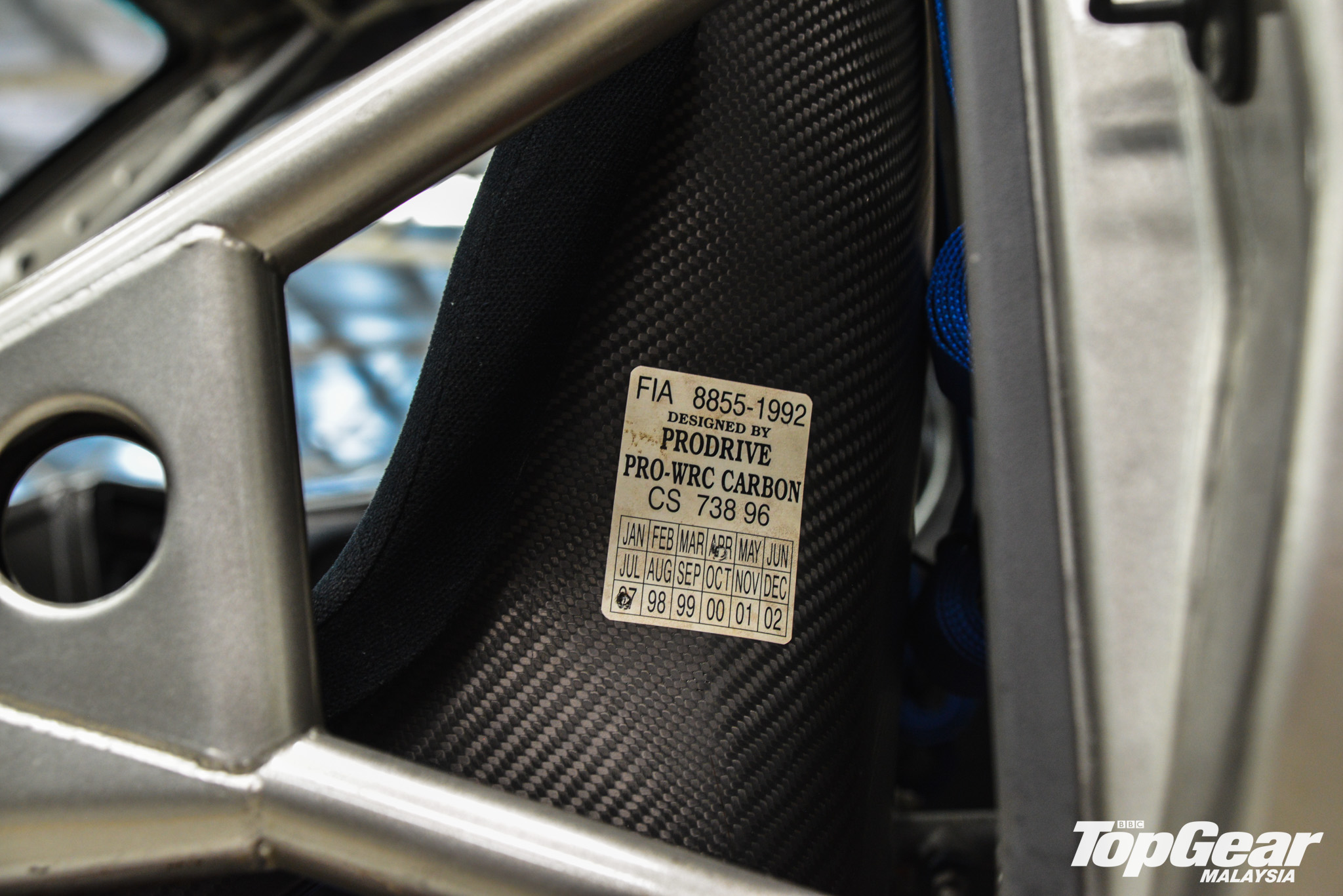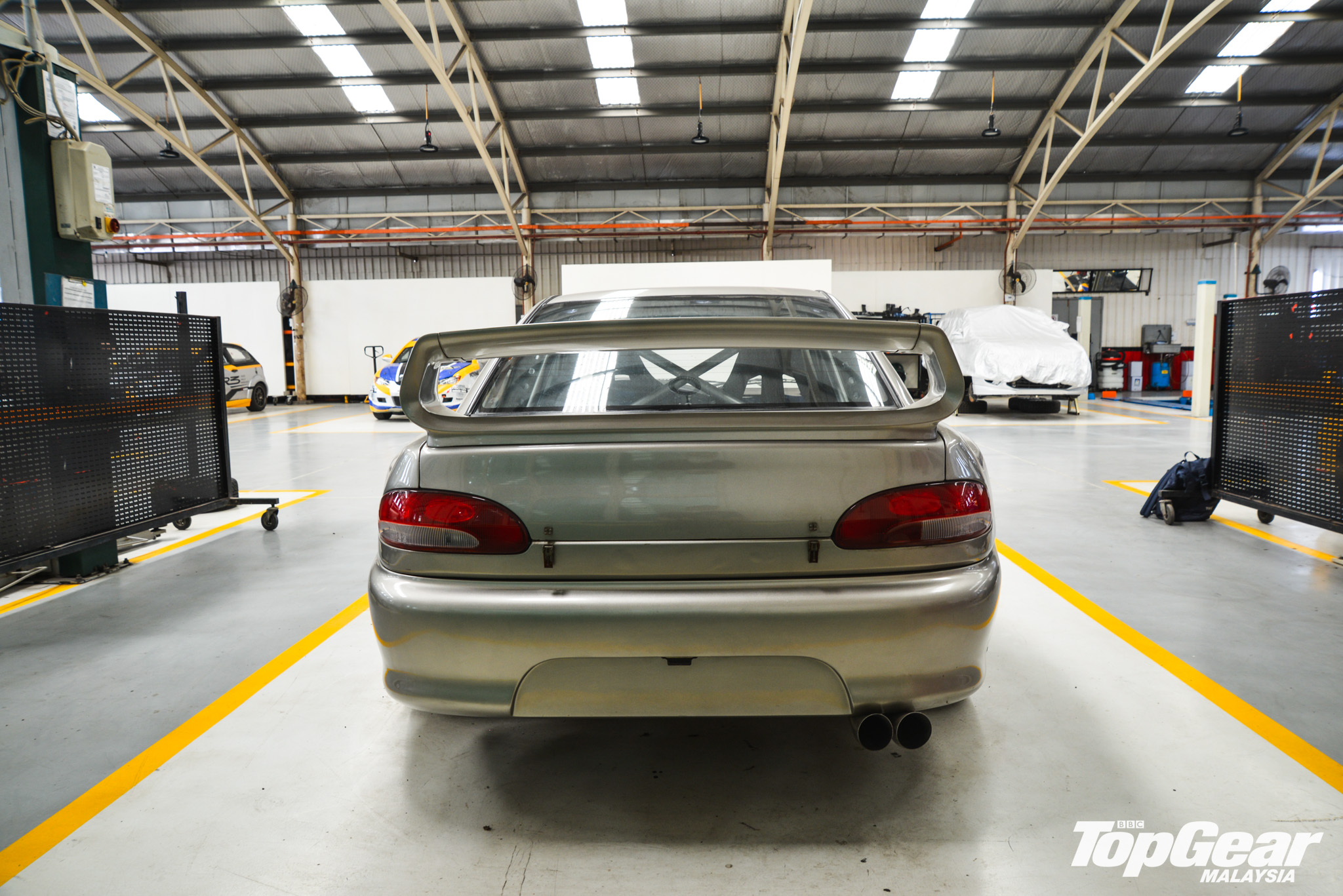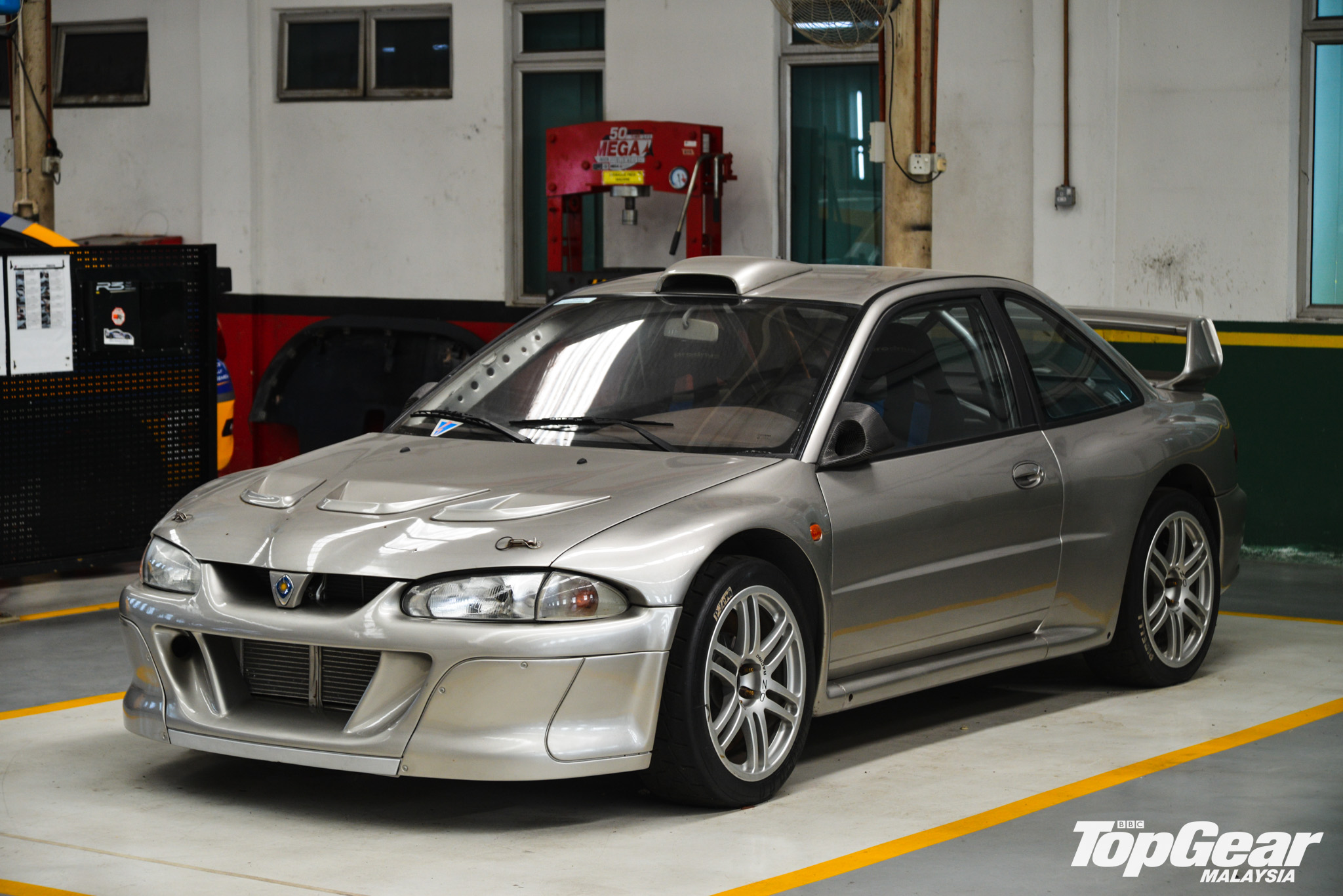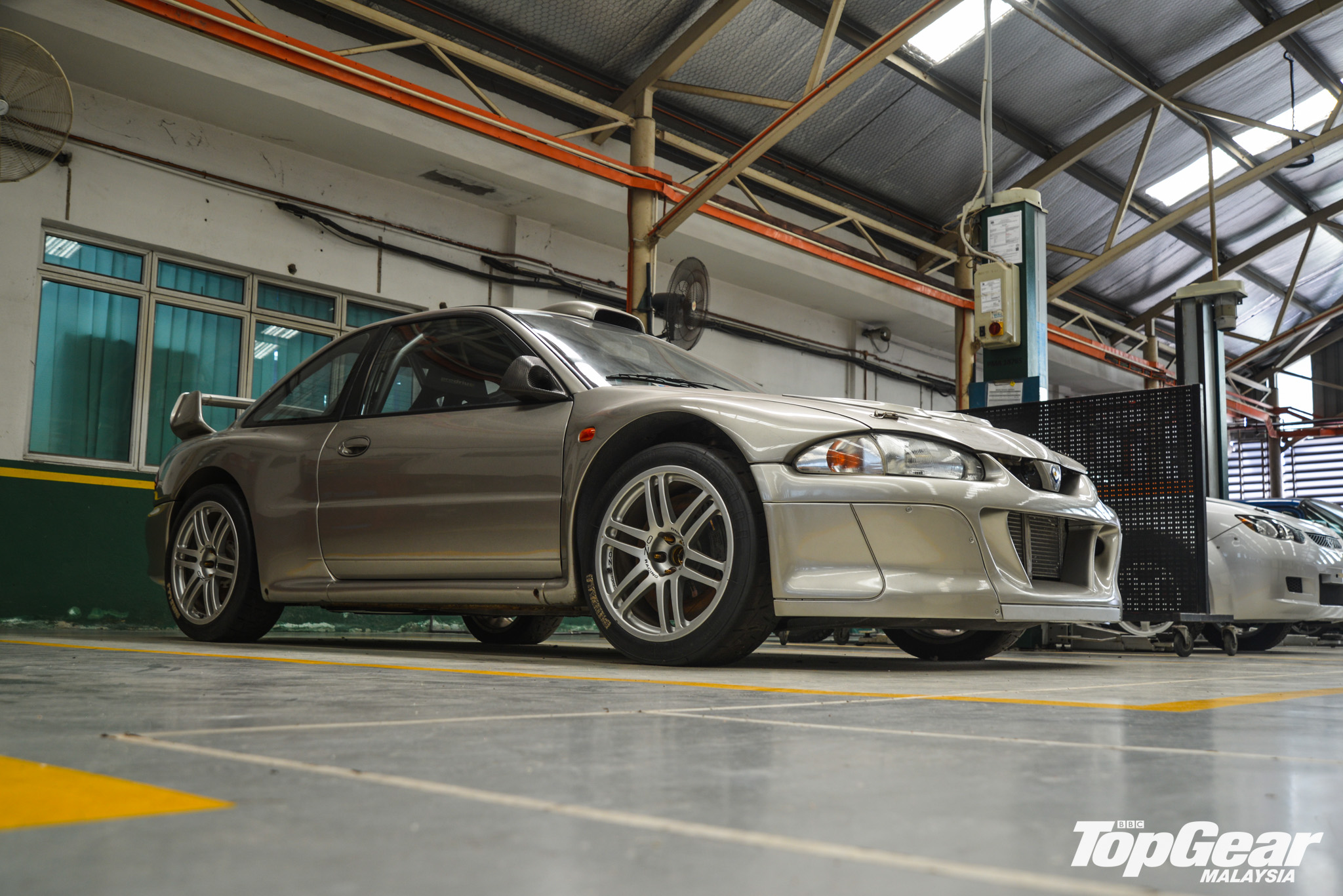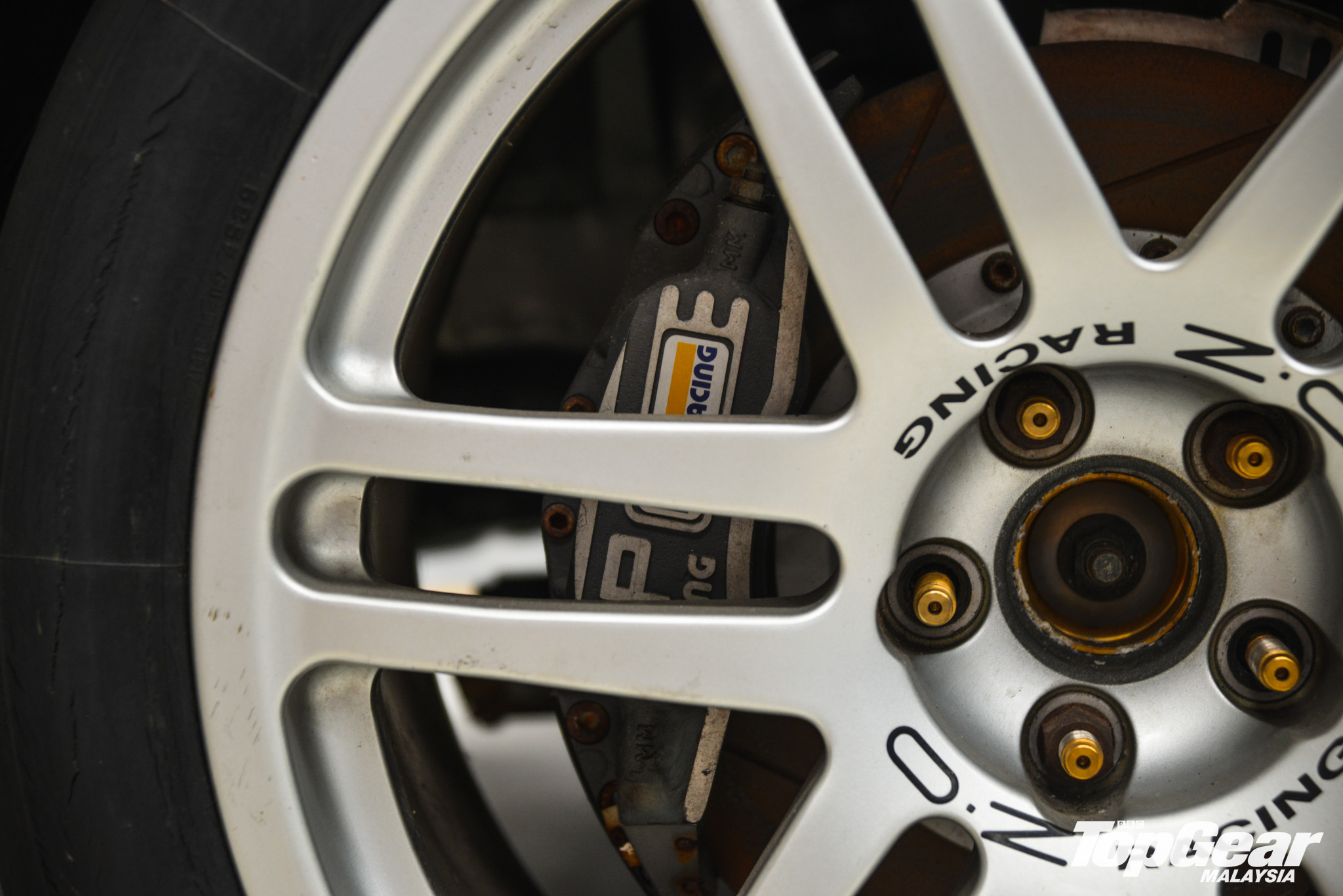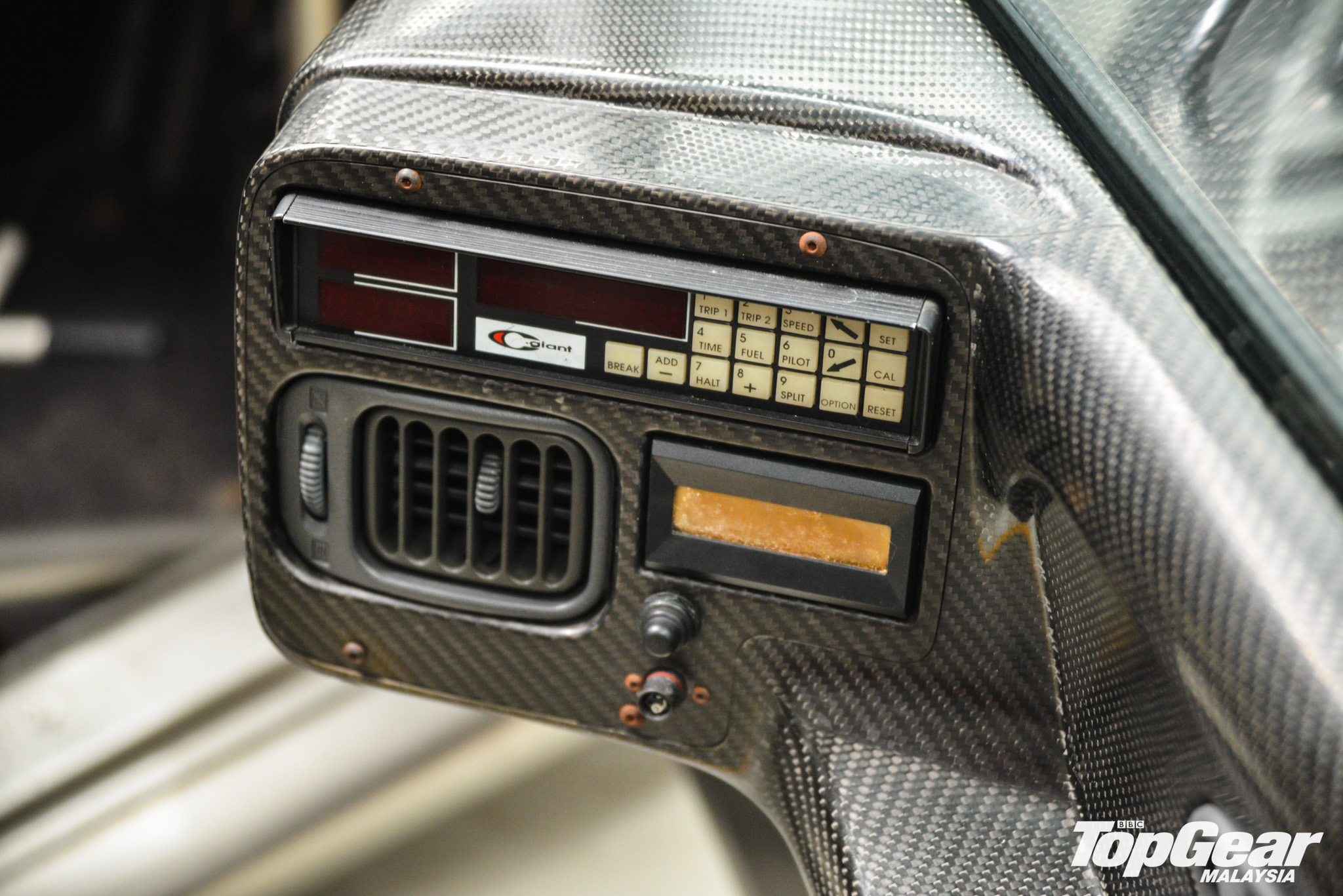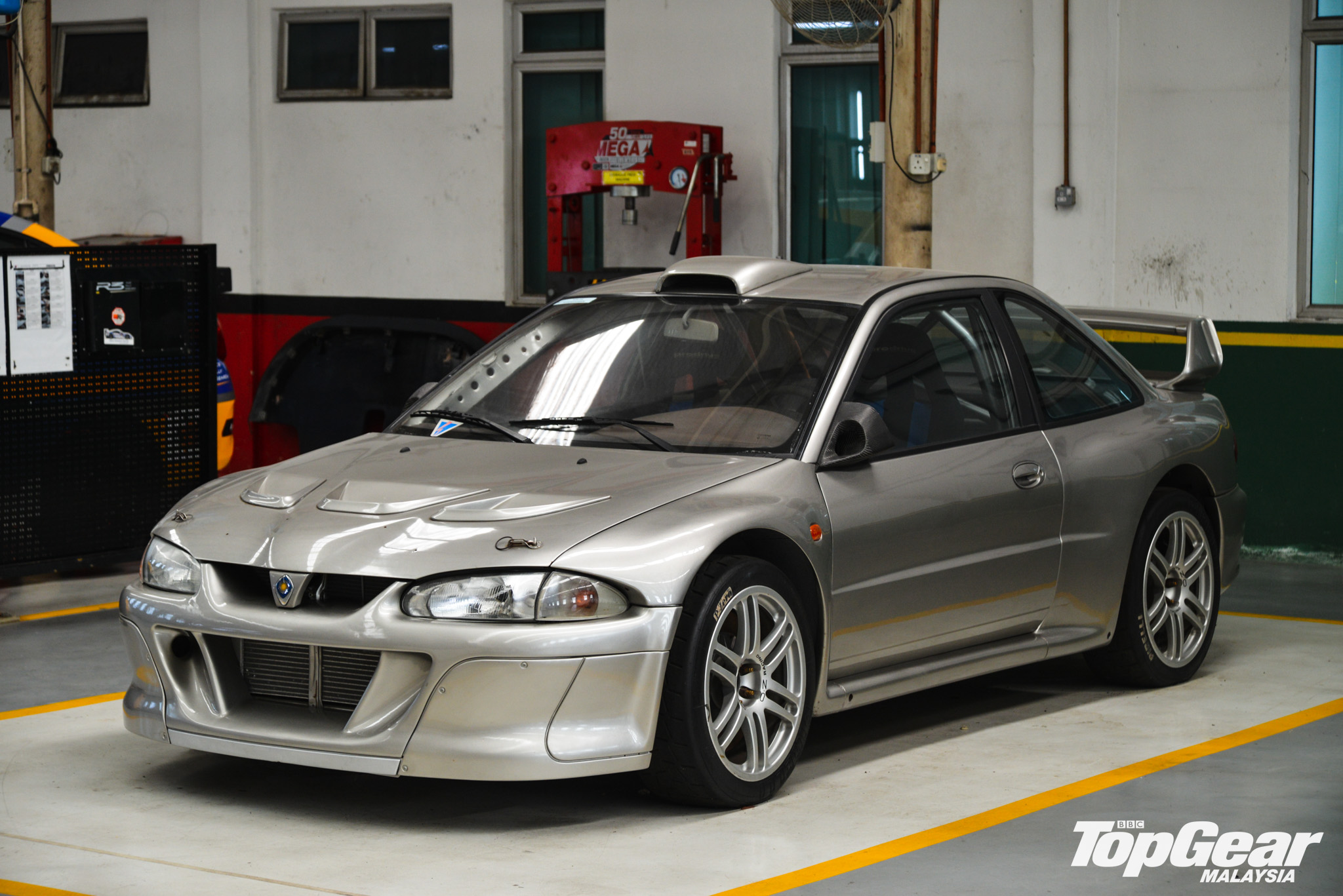
Let’s rewind the clocks back to the turbulent decade that was the 1990s and, at least for the most parts, the music was arguably great, and the sport of rallying was at its peak too.
At the time, national carmaker Proton wanted a slice of the action in the World Rally Championship (WRC) too, having already blazed a trail in the local and regional rally championships with a certain Flying Sikh – Karamjit Singh Esquire.
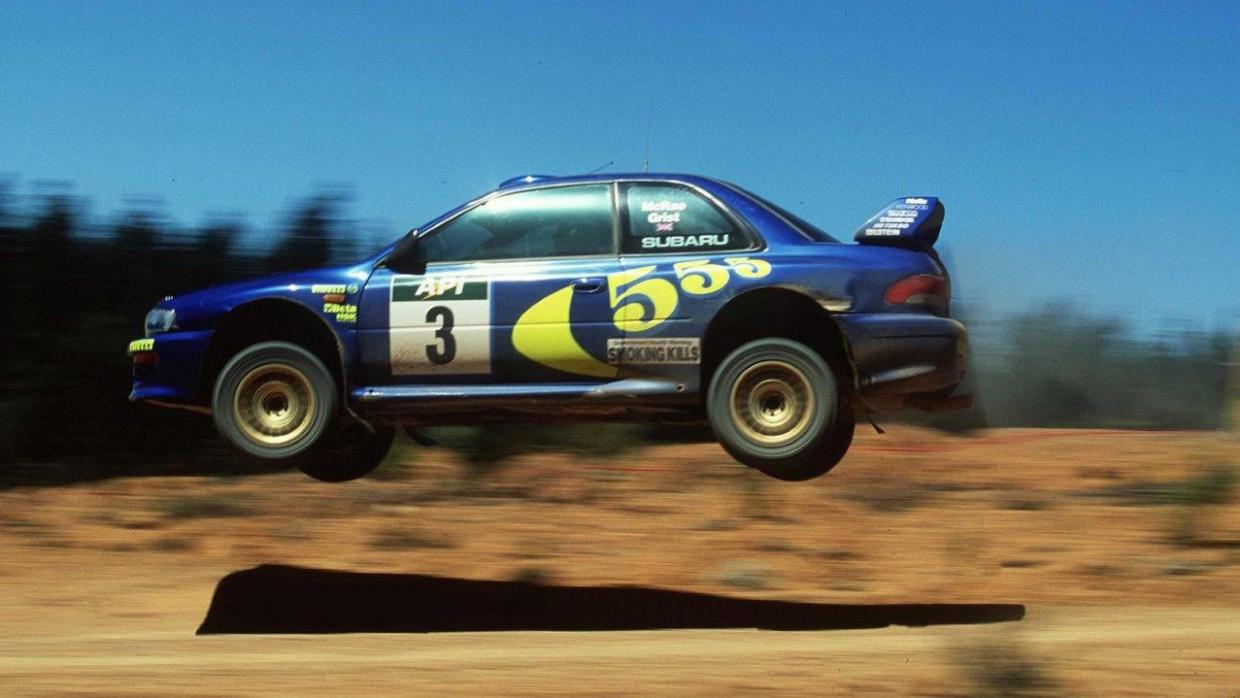
Proton needed some help and they turned to one particular expert known for building and engineering competitive rally cars as such – Prodrive.
At the same time, the FIA introduced its new WRCar homologation format to replace Group A. This new ruling meant that Prodrive only had to take any Proton production model that existed at the time with at least 2,500 units manufactured as a base.
Proton already had an arsenal of such cars then, but the renowned UK firm opted for the brand’s lone coupe offering the Putra as its base when the project was first commissioned.
Loosely based on the Mitsubishi Mirage Asti, which itself was an offshoot of the fifth-gen Lancer, the potential was there given how Mitsubishi successfully built its Lancer Evolution WRC homologation specials out of similar bones.
What transpired from this is nothing short of spectacular to say the least...
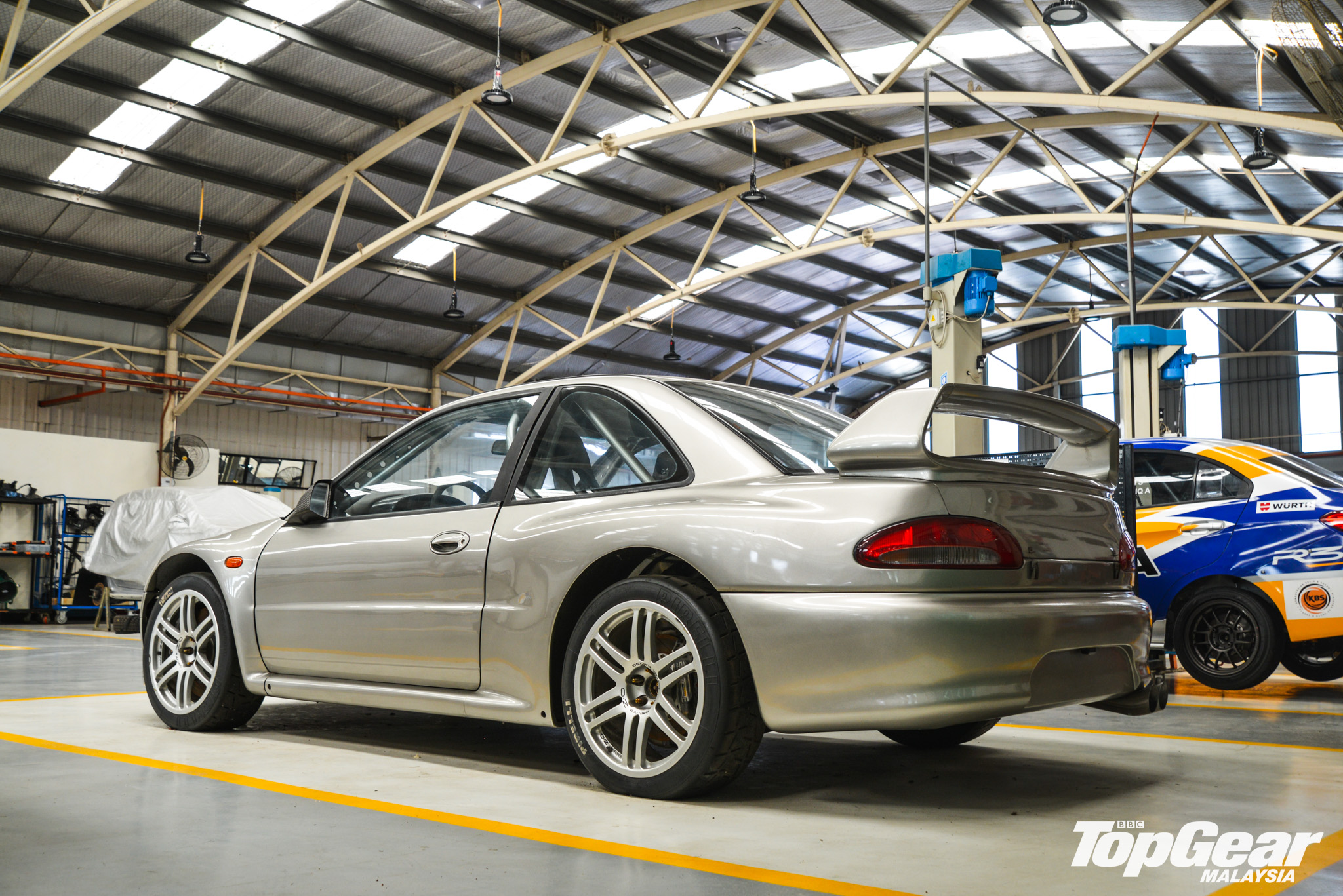
By the time Prodrive got done, two prototypes were built, the car pictured here being one of said pair the firm delivered to Proton in the late 1990s. They stood as a proof of concept for Proton to evaluate their prospects of entering WRC competitively.
Prodrive didn’t waste both its time and abilities to turn a once mundane and unspectacular coupe into a proper thoroughbred rally contender. From the exterior, we’re certain the UK firm applied everything they had learnt from its exploits with the Subaru World Rally Team - as well as other sports - then.
Many likened this prototype to the Impreza 22B STI that Prodrive developed for Subaru. It had similar exterior revamps such as the adoption of a wider body, the inclusion of vast aero bits, as well as revised intakes, ducts and scoops.
Other notable rally car bits included lightweight OZ Racing wheels, beefy AP Racing anchors, as well as a fire extinguisher amongst many.
Of course, the work done by Prodrive extends beyond the skin…
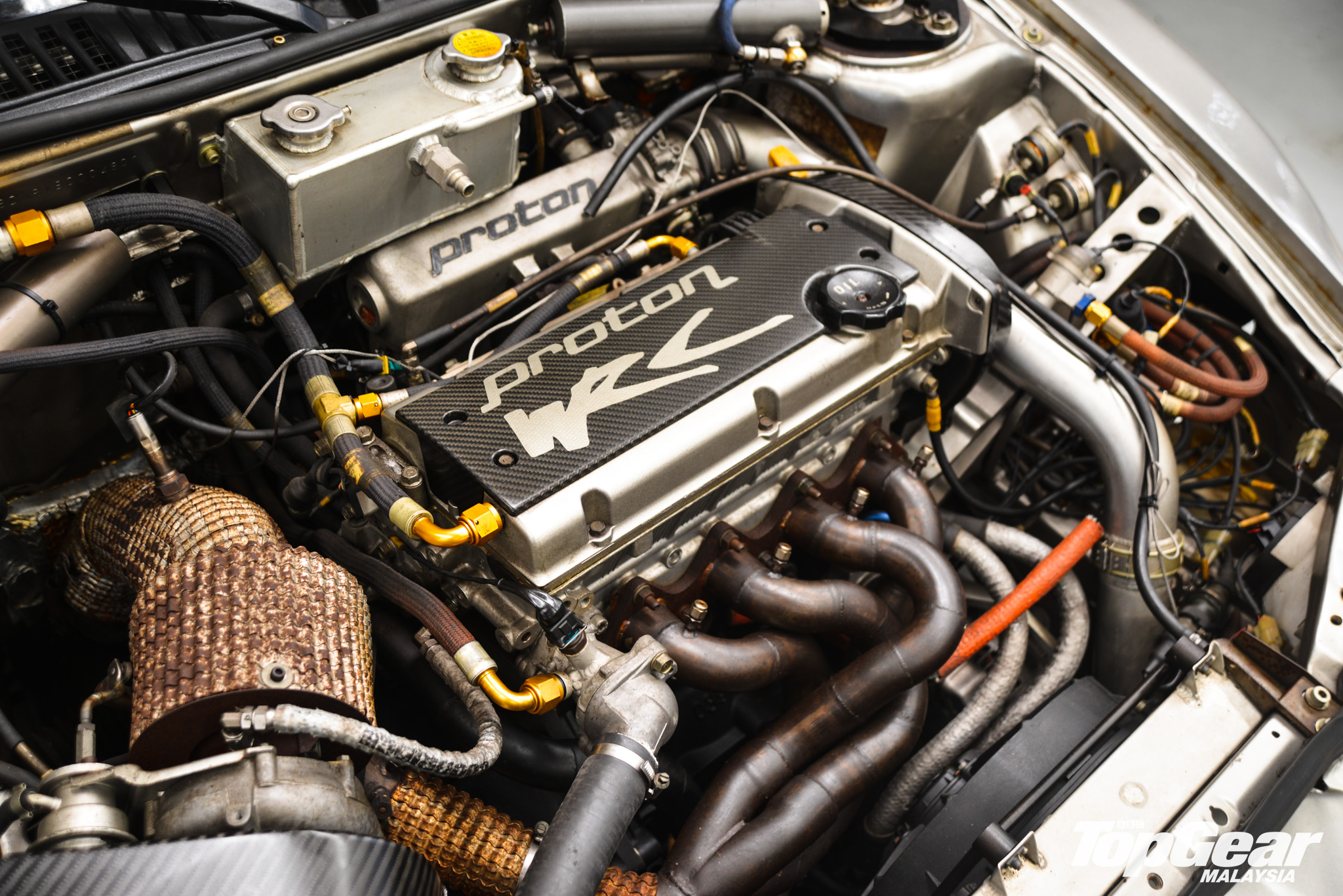
Underneath, Prodrive blessed the prototype with a beastly powertrain and chassis to match. Firstly, the Putra’s stock 1.8-litre Proton M21 (Mitsubishi 4G93P) 4cyl unit was replaced with a Prodrive-built and fettled 4G93T mill instead, which boasted a larger 2.0-litre displacement plus a massive turbo amongst many other things.
Even with the FIA-regulated 34mm restrictor fitted, the mill is reportedly capable of outputting roughly 300bhp – over double the stock Putra’s meagre 138bhp. Prodrive also added a 6spd sequential racing transmission and all-wheel-drive system in place to manage things – common bits of WRC cars in this era.
To cope with all that power, Prodrive also modified the Putra’s chassis accordingly. It included relocating the suspension attachments mounting points, as well as numerous chassis strengthening to improve bodyshell rigidity that included a sturdy roll cage on board.
In all, the prototype met every parameters of the WRCar rules such as weight (1,230kg), width (1,770mm), as well as front and rear track widths (1,550mm).
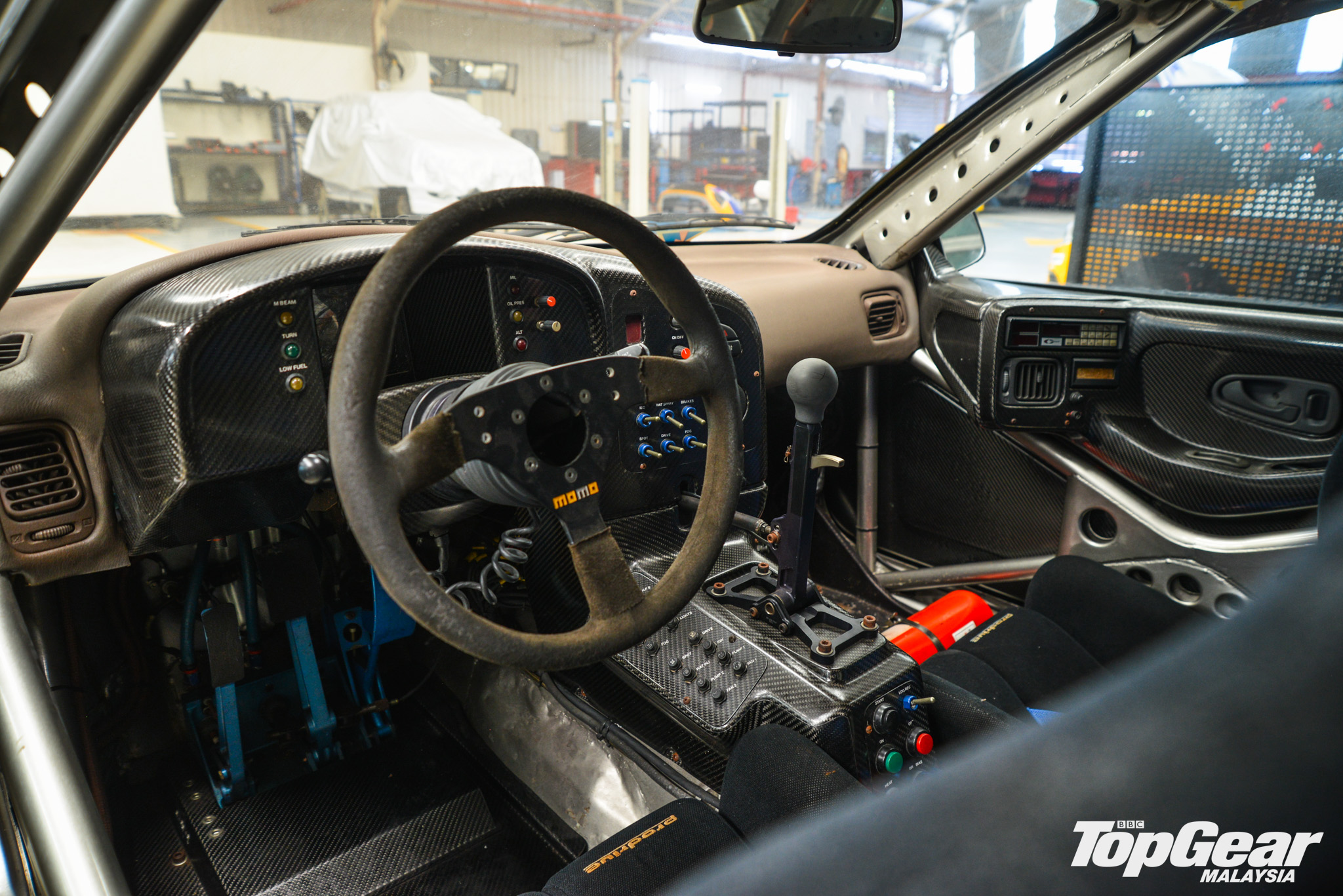
For reasons unknown, one of the changes Prodrive made was the switch from right-hand drive to left-hand drive layout. Presumably, this was done because it was the norm of WRC cars of this eras, and the fact that much of the world drives on the wrong side too.
Another theory goes that despite Proton having talents such as Karamjit Singh at its disposal at the time, there was still the strong possibility that Proton would’ve wooed a roster of international drivers instead. This seemed certain had it commissioned Prodrive to run the entire WRC effort similarly as they had with Subaru.
Nevertheless, with the way things were, anything was possible with the right funding. Speaking of which, neither Proton nor Prodrive officially disclosed this prototype’s development cost thanks to Non-Disclosure Agreements (NDAs) – the secrecy surrounding this project is in itself quite legendary.
However, unnamed sources involved in this project have indicated a figure close to £1 million each. Based on today’s exchange rates plus inflation, that roughly equates to RM10 million per prototype. Yikes!
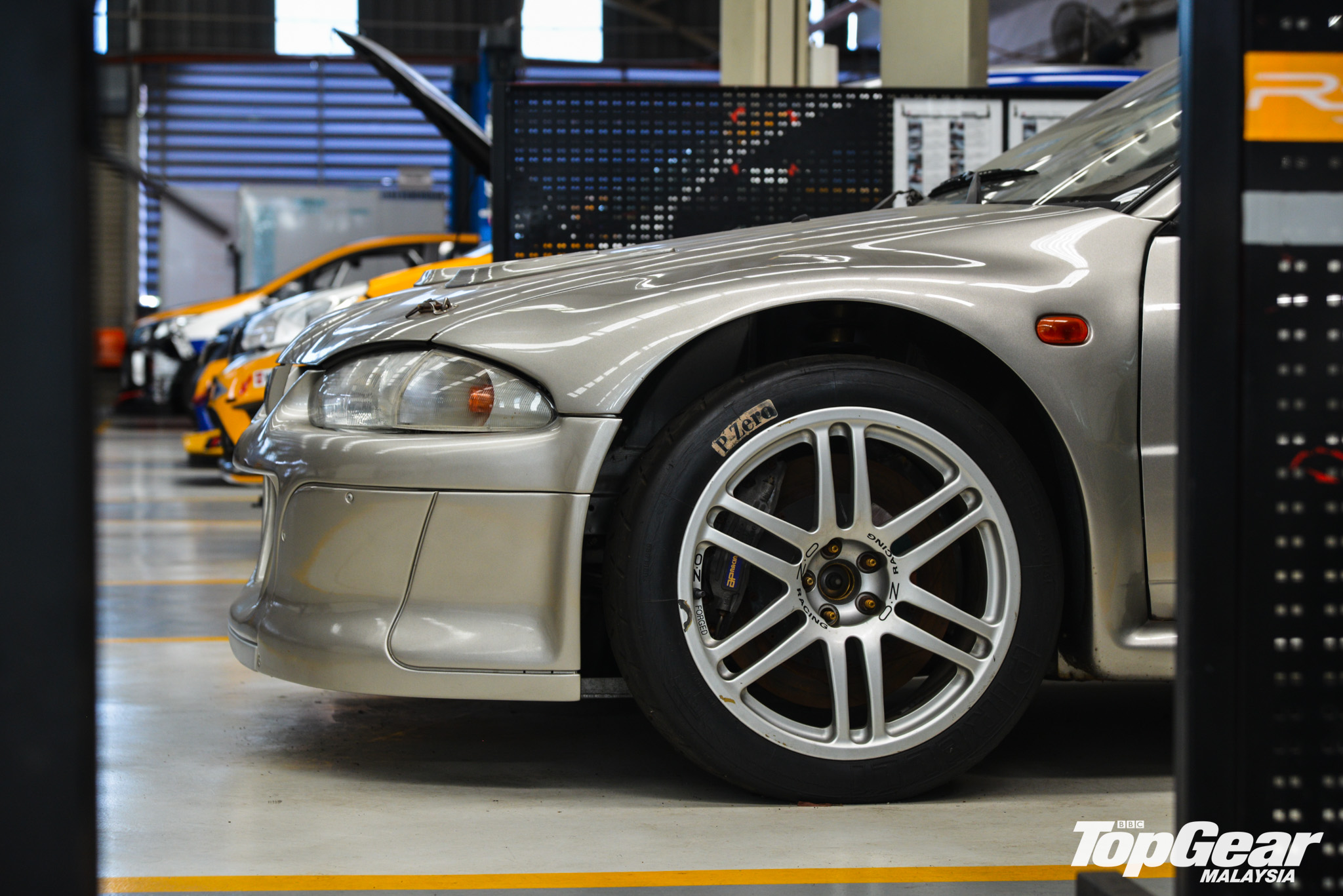
Despite the FIA’s efforts to woo more manufacturers into the sport with its new WRCar rule, the investment to go into WRC was simply too great for Proton at the time. What didn’t help either was the Asian Financial Crisis that came 1997 and 1998, not to mention in the political infighting that brewed within Proton’s own corporate ranks at the time.
As a result, the Putra WRC prototype never got to turn a wheel in anger at all, having instead to live a life of obscure isolation within Proton Motorsport’s (R3’s) garage ever since. Though it was reportedly running when it was delivered circa 1997 (or 1998?), the slow decay over long periods of storage have instead relegated it into a mere static display now.
Like many, we also wondered what could’ve been had the Putra WRC project been green-lit. Knowing Proton, a road-going limited-run special ala today’s Toyota GR Yaris might have been possible too. Wouldn’t that be something to look forward to?
Check out more images of the Prodrive Proton Putra WRC prototype in the extensive gallery prepared below.
